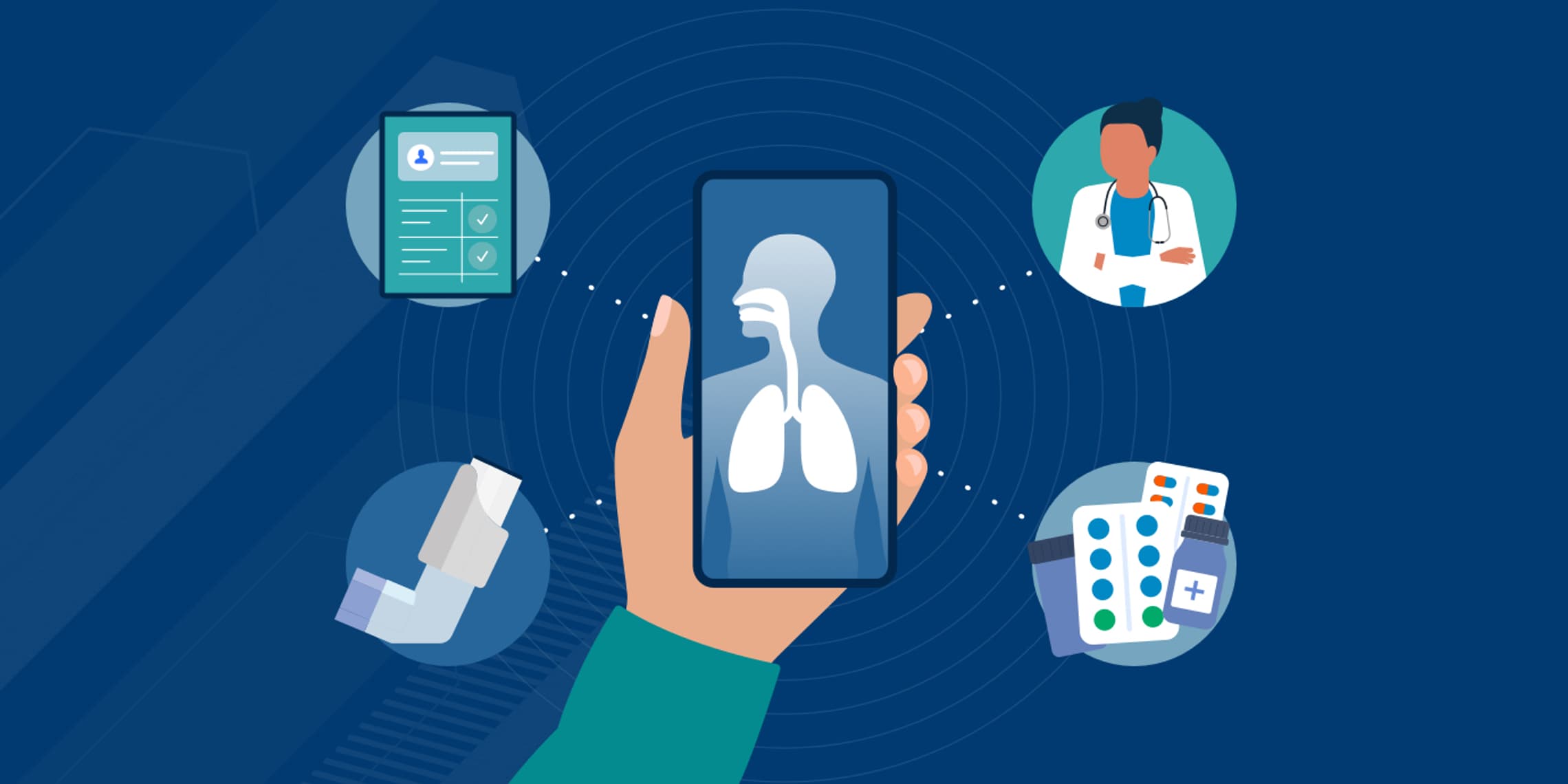
November is Chronic Obstructive Pulmonary Disease (COPD) Awareness Month, so we're taking a look at the impact digital can have on the lives of people living with respiratory diseases. An estimated 65 million people live with moderate to severe COPD, and 334 million people suffer from asthma. Given these numbers, it's no surprise that respiratory diseases are some of the most common causes of severe illness around the globe.
Despite the prevalence of these diseases, they can often be tricky to treat. That's why it's so important for patients and providers to have access to connected combination products, apps and clinician tools.
"Getting data from the patient app and wearables would be amazing," says a respiratory nurse practitioner. She notes that her practice’s EHR can't accept data from a patient's smartphone. “If I send a patient home with a COVID diagnosis, I could send them home and monitor them every two hours from their Apple Watch. This tool creates a way to monitor someone at home with accurate data—not guesstimating or misremembering."
1. Limited provider visibility between visits
Asthma attacks and COPD flare-ups can happen anytime, anywhere. This makes it tricky for providers to make treatment decisions based heavily upon patient-reported symptoms.
2. Over-reliance on rescue medications
According to new research, a patient who uses a short-acting rescue inhaler more than three times a week likely has poor control of their asthma, and is likely to have future asthma attacks.
3. Uneven adherence
Patients aren't always adherent to their treatment regimen. Only about half of patients with COPD stick to their treatment plan, and most patients with a metered dose inhaler perform the steps incorrectly.
4. High cost of care
Each year, patients, payers and the economy lose billions of dollars to the cost of treating respiratory conditions. These costs get higher and higher because of unexpected emergency department visits and inconsistent disease management.
Digital disease management solutions have the power to change the lives of patients and care teams alike with features like:
Every day we see more and more progress toward our vision to transform patient outcomes globally by bringing the power of digital technology to healthcare.